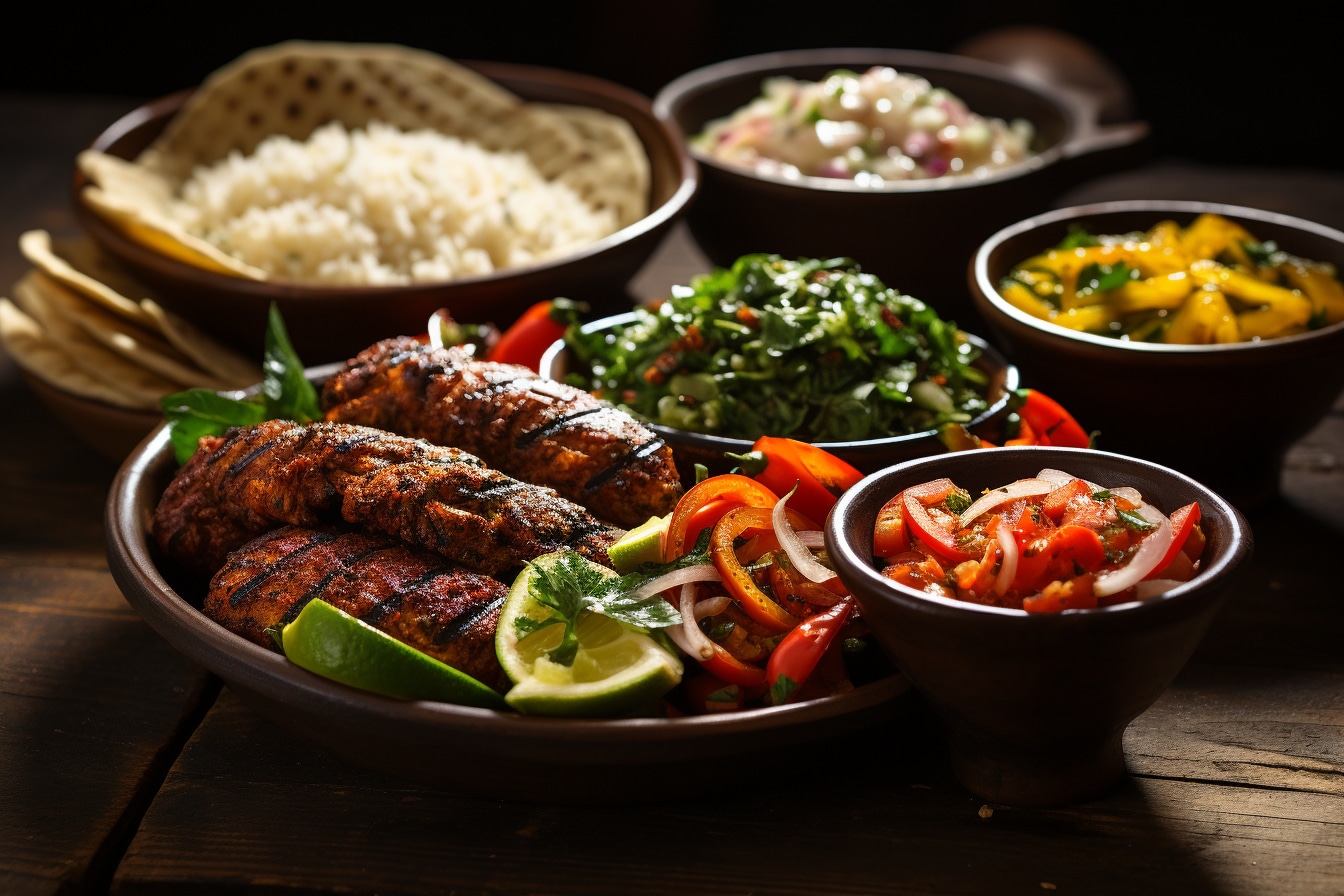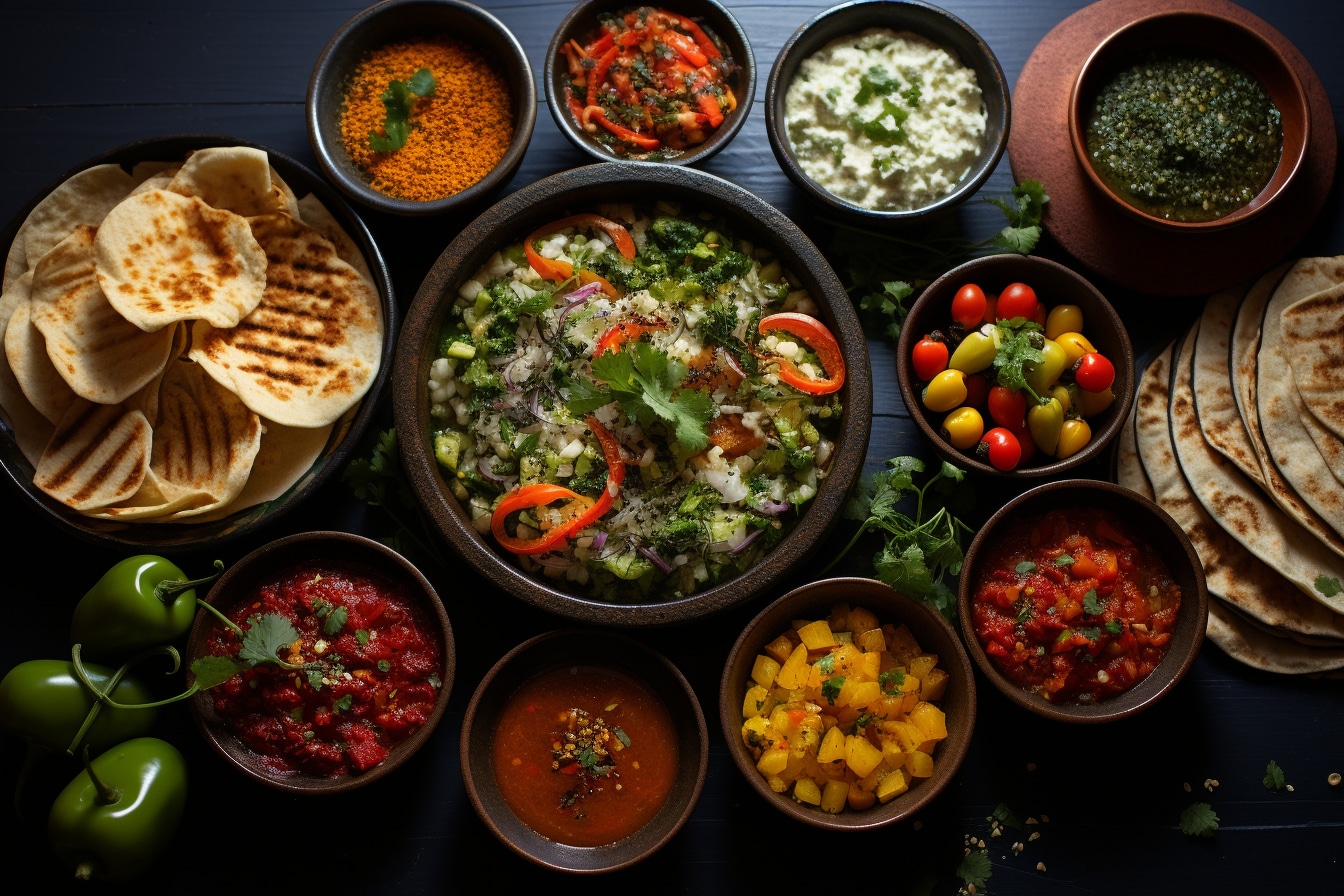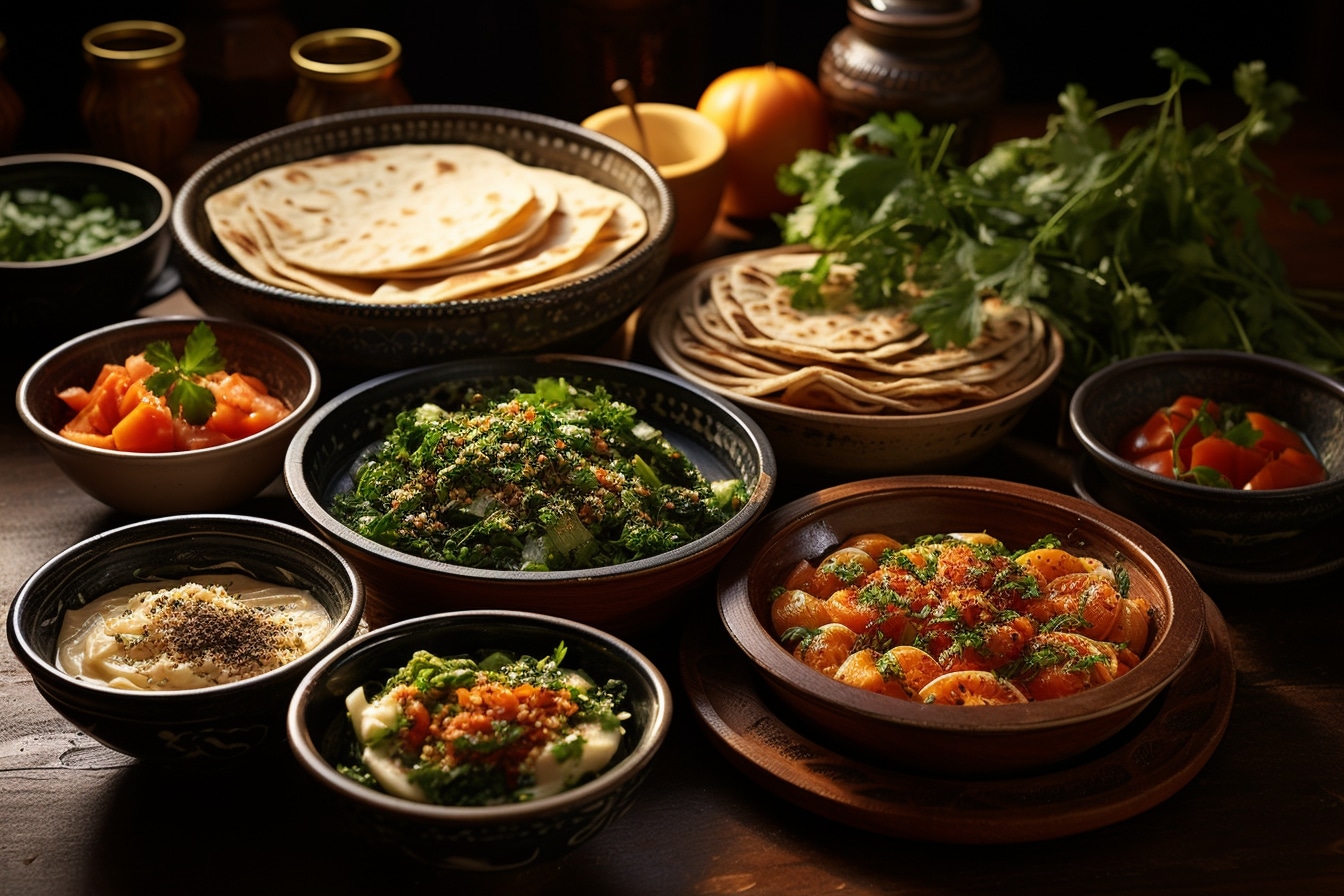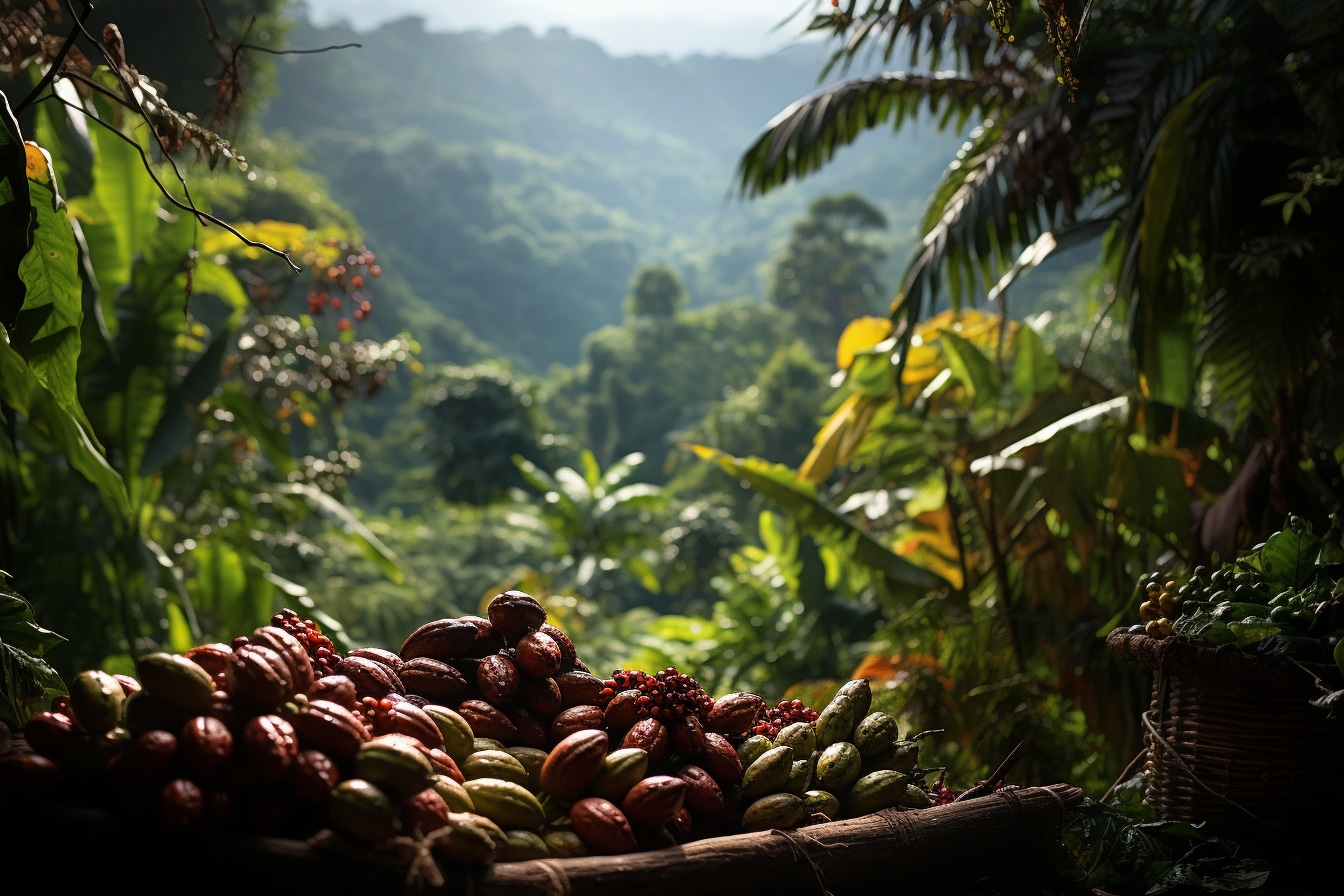Imagine sitting at a table decorated with vibrant dishes, the navy breeze caressing your skin while your taste buds marvel at exotic and spicy flavors. We are in the heart of the Caribbean. This region is renowned for its highly tasty and colorful cuisine, but do you know that it is also the epicurean story of colonial influences? Let us try to enter this fascinating culinary story together.
In the beginning: the Arabak roots and Caribe
Before diving into colonial influences, it is crucial to understand the original cuisine of the region. The natives arawaks and Caribes used local ingredients such as yam, corn, cassava and bread fruit, preparing hearty stews and grills.
Indigenous foods
A considerable part of this indigenous kitchen has survived to the present day, in foods like barbadian couets, a dish of Corn and Okra flour that is like the polenta.
The Spanish brand
With the arrival of Christopher Columbus in 1492, Caribbean cuisine experienced its first movement towards fusion. The Spaniards introduced rice, chickpeas, onion, garlic, coriander and various citrus fruits, widening the palette of flavors in the region.
The reminiscence of the paella
< p> An undeniable heritage of this time is Pelau Trinidadien, a dish of rice simmered with peas and meat, which is reminiscent of the famous Spanish paella.
< H2> The French and British influence
The French inspiration broth
The < EM> Martiniquais broth is a perfect example of this cultural mixture, combining the local tradition of stew with French sophistication to create a rich and tasty soup.
The mixture of cultures: Afro cuisine -Caribéenne
The painful history of slavery also played a role in the formation of Caribbean cuisine. African slaves, brought to the region, have reinterpreted the ingredients available to recreate some of their traditional recipes.
jerk, a Jamaican specialty
the jerk Jamaican, a style of cooking where meat is coated with a mixture of spices, is an emblematic example of this fusion.
Fours of flavors: from colonization to globalization
< P> Over the centuries, Caribbean cuisine has continued to integrate influences from new waves of migrants. Each culture has brought its own touch, whether it be Indian cuisine with its currys and bruis, Chinese cuisine with its Stir-Fry techniques, or Lebanese cuisine with its falafel.
at the crossroads Worlds: pleasure and reflection
Caribbean cuisine is a feast for the senses, that’s for sure. But it is also a tangible reflection of history, a recall of conflicts and cultural exchanges that have shaped the region. The next time you enjoy a Caribbean dish, take a moment to appreciate the historic and cultural journey it represents. And why not try to bring your own touch, adding to this rich tapestry of flavors?





